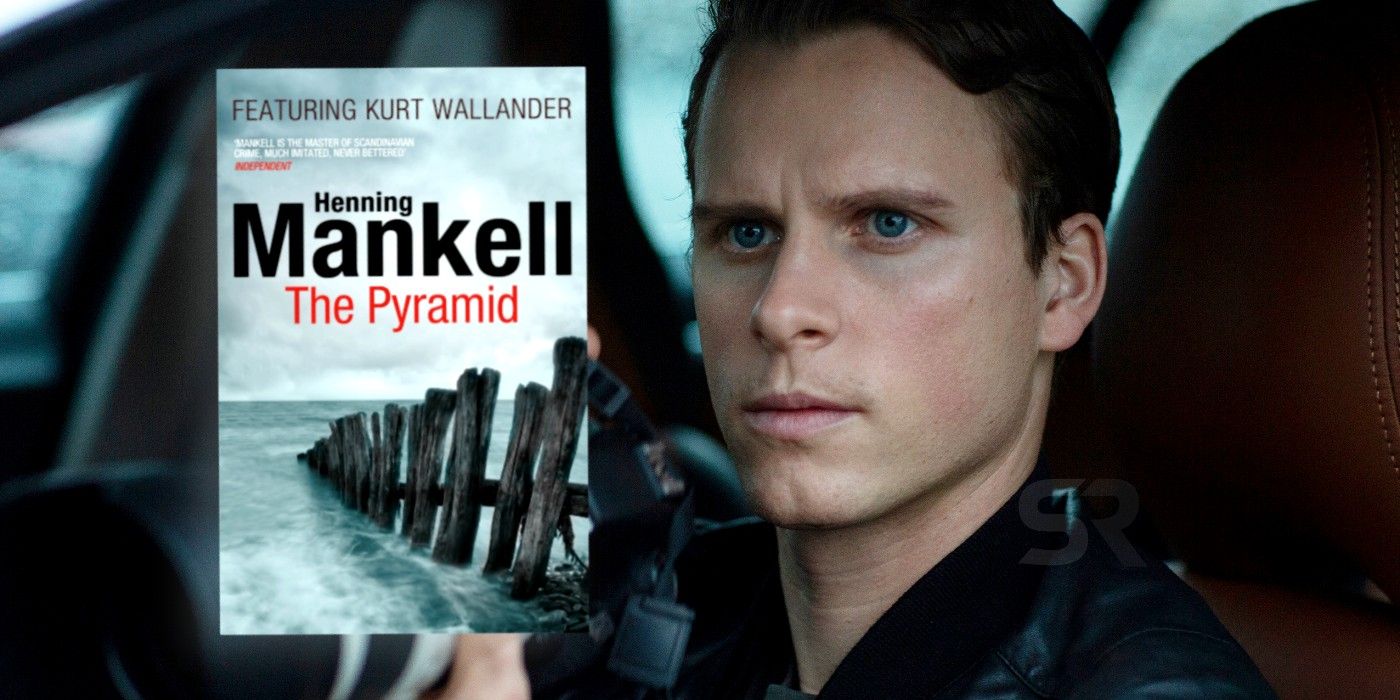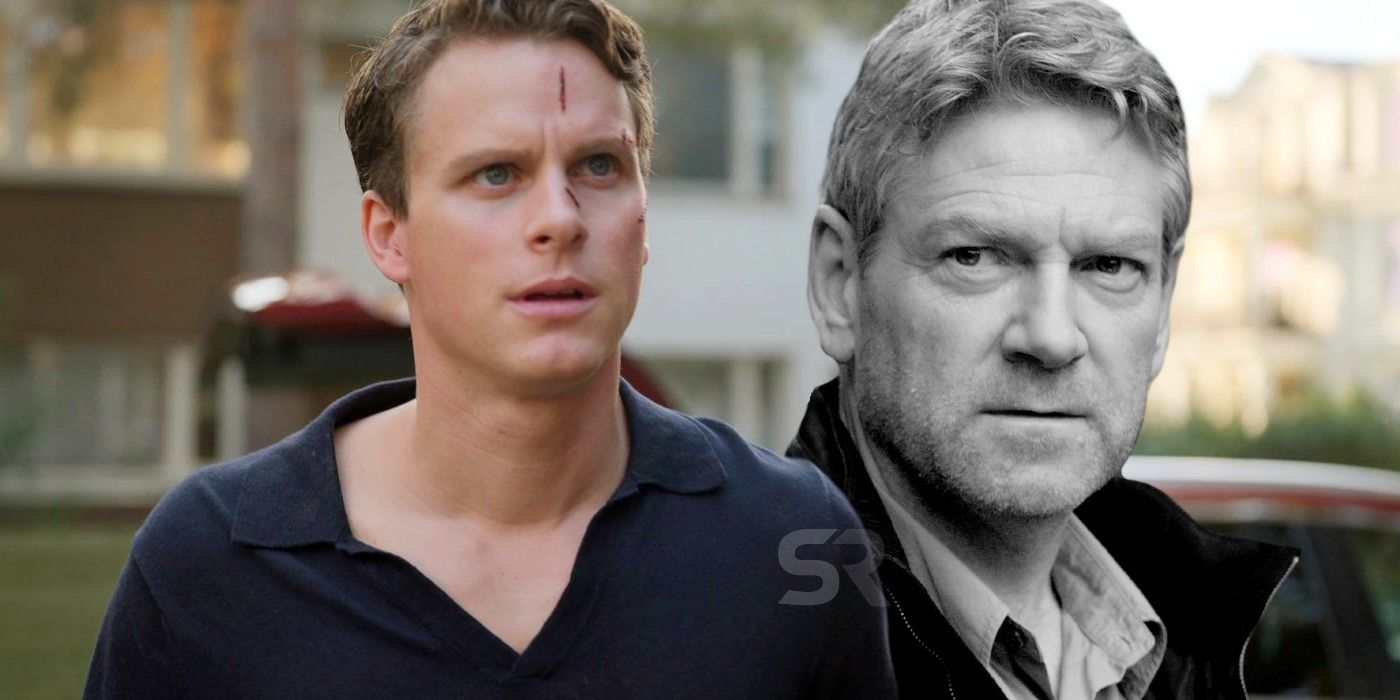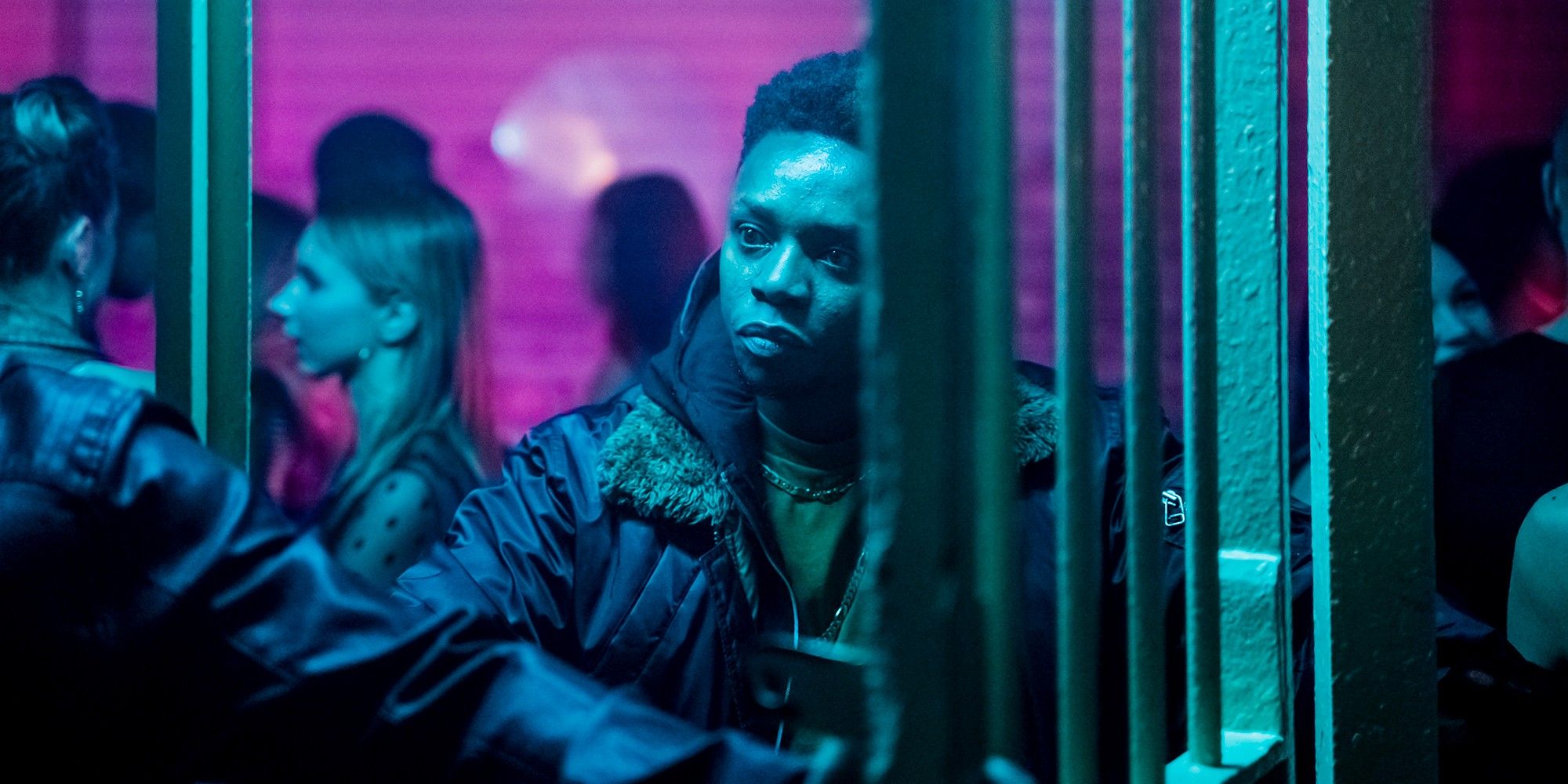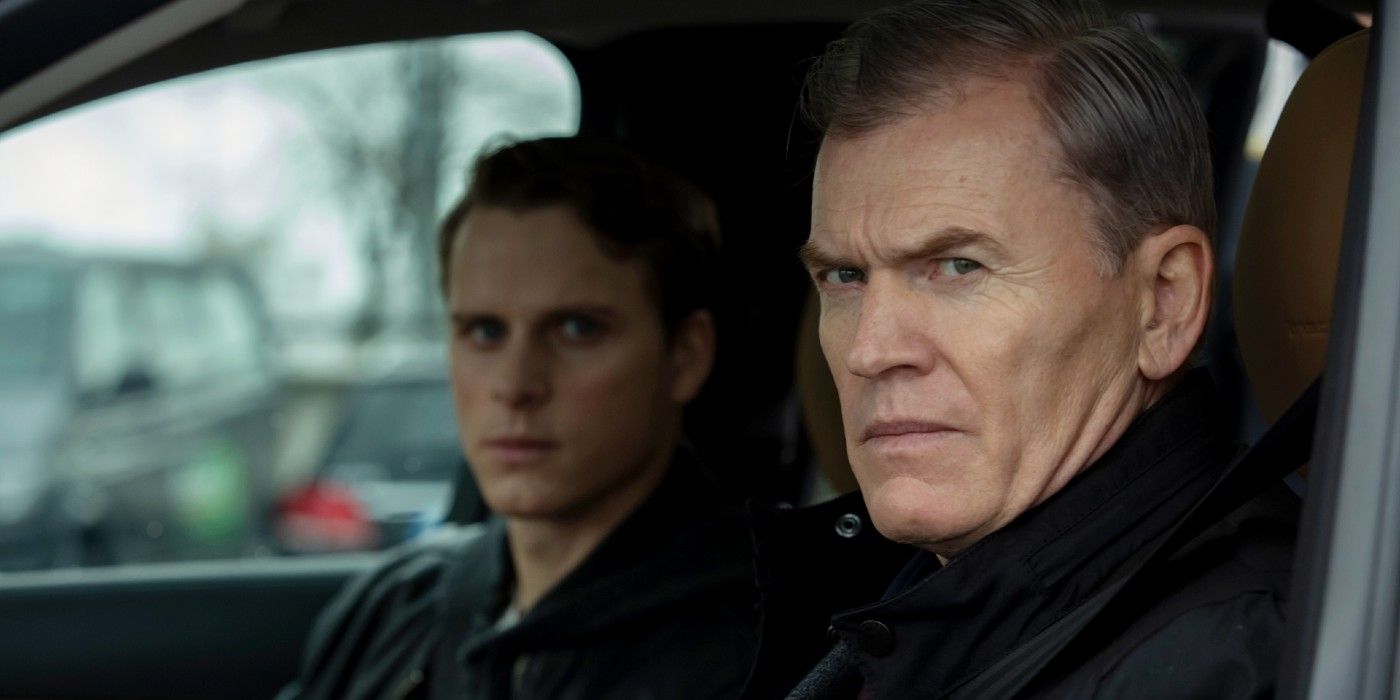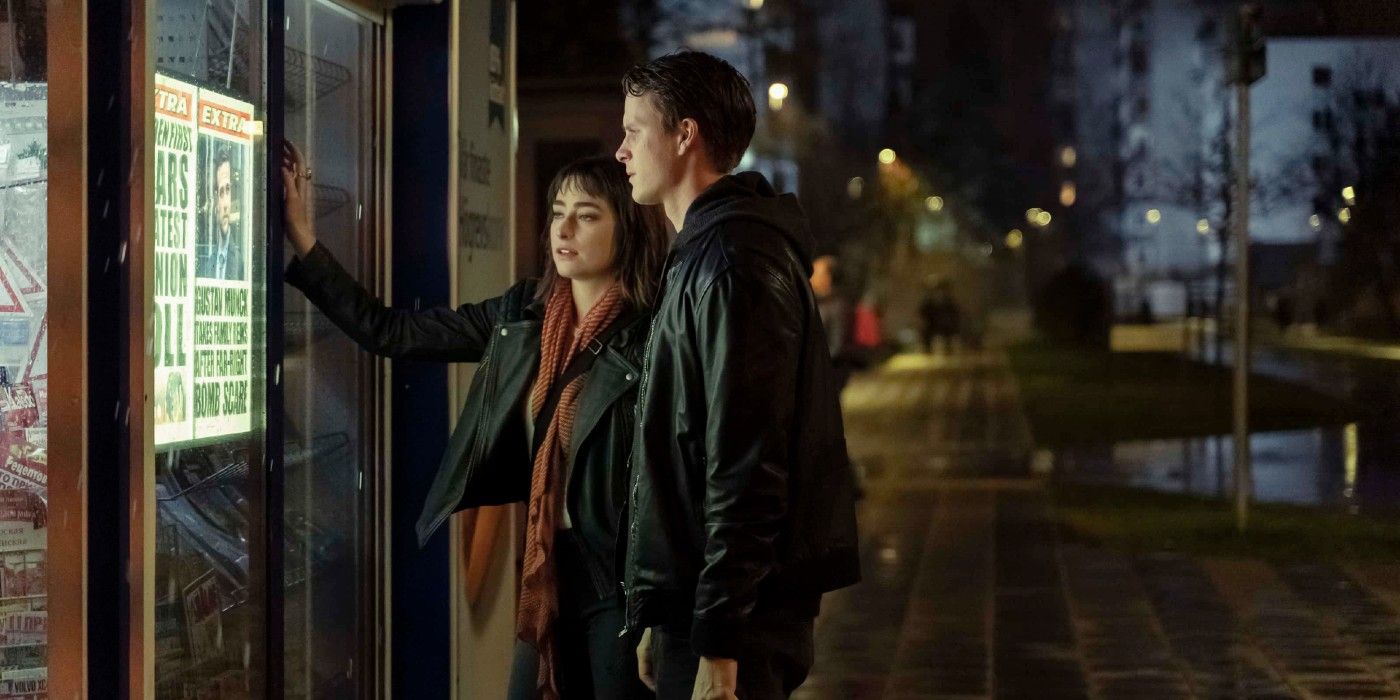Netflix’s Young Wallander is based on the character created by Henning Mankell, but it made some changes not only to the story but to Wallander himself. Netflix’s catalogue of crime shows – both fiction and non-fiction – continues expanding, and among its new additions is Young Wallander, a new adaptation of the Swedish detective Kurt Wallander, who became widely known thanks to the BBC’s Wallander, where Kenneth Branagh played a mature version of the character.
Young Wallander follows the young years of Kurt Wallander, who after witnessing a horrible murder in his neighborhood is promoted from policeman to detective to begin working on the case. Wallander then finds himself often trapped between doing what he feels is right and what should be done according to the law, which sometimes ends up bringing more trouble into the mix. Although Young Wallander remained as true to the source material as possible, it was inevitable for it to make some changes to better fit the narrative, time setting, and more.
Kurt Wallander was created by Swedish author Henning Mankell and made his debut in 1991 in the novel Faceless Killers (Mördare utan ansikte). Wallander appeared in a total of eleven novels, each covering a different case, with the 1999 book The Pyramid (Pyramiden) being a collection of short stories. Among those is Wallander’s first case, appropriately titled “Wallander’s First Case”, and which took readers back a few decades to meet a very young Kurt Wallander, though not the one from the series. Here’s everything Young Wallander changed from Henning Mankell’s story.
Kurt Wallander’s Age
Young Wallander changed the time setting of the events and with that Kurt Wallander’s age as well. In the source material, Wallander is a 21-year-old patrolman looking to become a detective. The series, however, and while Kurt Wallander is also a young policeman, features a slightly older Wallander but not the mature version from the books and other adaptations, including the BBC’s, which saw a detective already in his 50s. In addition to that, the short story of his first case is set in 1969, in the middle of the Vietnam war, which was an often debated topic among the characters, but the series decided to give it a modern twist and brought Wallander and company to 2020, thus updating the themes and social issues addressed in it.
Young Wallander’s Themes
Henning Mankell’s Wallander books showed a dark side of Sweden, with mobsters, drugs, and a lot of murders – and even with decades of experience, Kurt Wallander was never able to separate his emotions from his job, which drove him into a deep depression, anger issues, and alcohol problems. Along with themes like discrimination, racism, immigration, and more, Mankell’s stories dealt with Wallander’s personal issues, as they always ended up affecting his job. This side of the character was kept in Young Wallander, as the detective more often than not let his feelings decide for him, and it subtly teased his future problems with alcohol in a couple of scenes.
By bringing his first case to the present day, Young Wallander was able to explore social issues that, while they were also present in the late 1960s, are much more relevant now due to recent events around the world, as are racism and immigration. Changing the time setting was important in order to help the audience connect with the character, as Wallander is dealing with problems and themes that viewers are familiar with, one way or another.
Kurt Wallander’s First Case
The first case itself is completely different from the original one, though they have some minor similarities. In Young Wallander, he witnessed the murder of a young Swedish man in his neighborhood, who was chained to a fence and had a grenade in his mouth. As this happened near his home and one of his neighbors was a suspect, Wallander’s involvement in the case was personal, which some felt was an obstacle and thus he shouldn’t be part of the investigation. In the process, Wallander was stabbed and ended up in the hospital, but he got over it pretty quickly.
In the original story, however, things went differently. There was a murder too and it also happened in his neighborhood (Rosengård in both), though much closer to Wallander as the victim was his neighbor, and Wallander heard the shot. The motives and whole investigation are completely different from those in Young Wallander, but there was also a fire (in this case, at the apartment of the victim) and Wallander was stabbed too, though it happens right at the end of the case. Wallander doesn’t quit in the book, but the overall case and the stabbing had a long-lasting effect on him.
Kurt Wallander’s Family
One of the biggest differences between Mankell’s books and Young Wallander is his relationship with Mona and the absence of his family. Wallander’s relationship with his father plays a big role in all the books, as his father never approved of him becoming a policeman and detective, and their relationship was quite tense, even if Wallander did his best to improve it. Wallander’s father doesn’t appear in Young Wallander, but he’s mentioned twice: one when he points out a painting at Munck’s office, which happened to be done by his father, and the other when Leopold Munck asks about his family. By not showing him in the series, it’s implied that their relationship is as bad or even worse than in the books as they surely don’t even talk, which in the books they do, but only because it’s Wallander who calls.
His relationship with Mona is also different. In the story of his first case, it’s explained Wallander and Mona had been together for a year, and he was previously dating a woman named Rebeca, who simply left. Mona and Wallander met on a train back from Copenhagen and started dating – but even though he already felt she was the one he was going to marry (and Mona often talked about marriage), their relationship wasn’t exactly drama-free. Mona had no connection with Wallander’s job nor his first case (it’s mentioned that she worked at a hair salon and wanted to have her own), contrary to Young Wallander’s version of the character. Unlike other books that are adapted to TV, all the changes Mankell’s Kurt Wallander went through to make Young Wallander happen were for the better, as they help introduce the Swedish detective to a new audience, serving as a good primer to the books – and it’s also a good look at what Wallander’s stories would be like if they were set on the present day.

